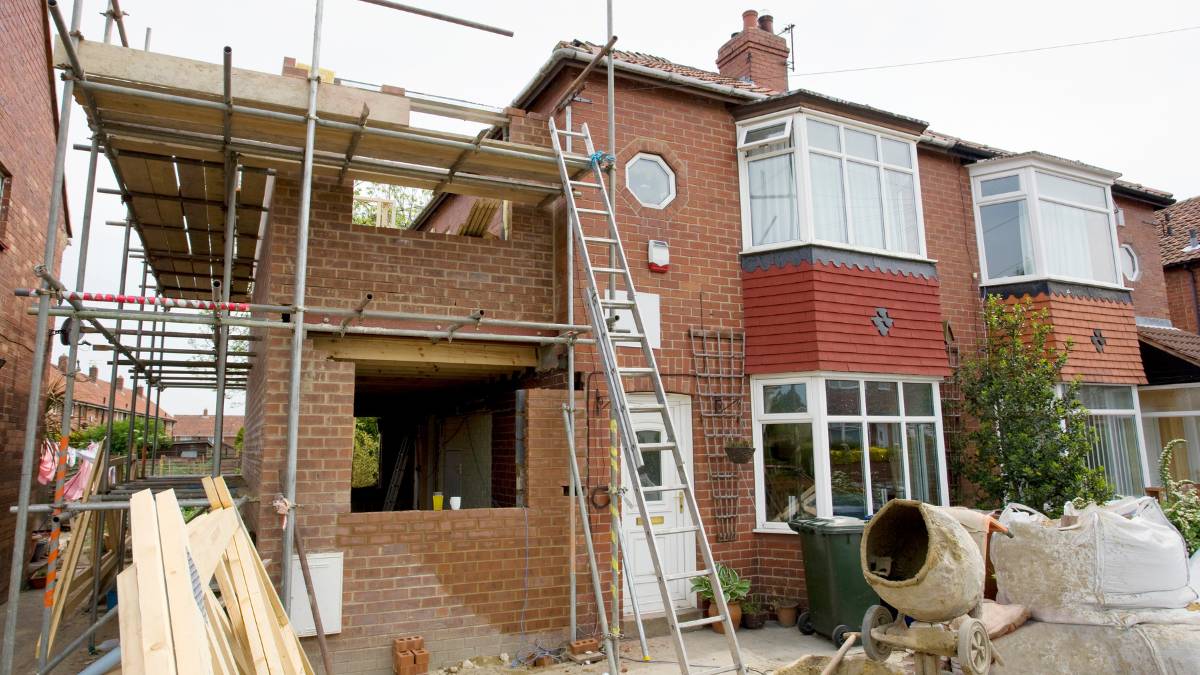Last Updated on November 18, 2023 by Kravelv Spiegel
Adding an extension to your existing residence can be thrilling and daunting in the ever-evolving home ownership landscape. While expanding your living space is undoubtedly exciting, the process demands careful consideration to ensure a successful and harmonious outcome. Before embarking on the journey of building an extension, homeowners should weigh several crucial factors.
Define Your Purpose
Before laying the foundation, defining the extension’s purpose is imperative. Whether you want to create additional bedrooms, a home office, or a spacious living area, clarifying your goals will guide the entire project. Understanding your needs will help you make informed decisions about the extension’s design, layout, and size.
Budget Realism
Establishing a realistic budget is paramount. Homeowners often underestimate the costs associated with building an extension. It’s crucial to consider construction expenses and potential hidden costs such as permits, professional fees, and unexpected structural issues. Consult with contractors and architects to get accurate estimates and factor in a contingency fund for unforeseen expenses.
Regulatory Compliance
Navigating local building regulations and zoning laws is critical in the pre-construction phase. Ensure your proposed extension aligns with local regulations and obtain necessary permits. Ignoring these requirements can lead to legal issues and the need for costly modifications down the line. When planning a home extension in London, it’s advisable to consult with party wall surveyors London to ensure compliance with local regulations and facilitate smooth communication with neighbors.
Top of Form
Architectural Harmony
Maintaining the architectural harmony of your home is key to a successful extension. A well-designed extension should seamlessly integrate with the existing structure, both externally and internally. Consider consulting with an architect to create a design that fulfills your needs and enhances your home’s overall aesthetic appeal.
Environmental Impact
In an era of increasing environmental consciousness, considering your extension’s ecological impact is essential. Explore sustainable building materials, energy-efficient design options, and eco-friendly construction practices. Making environmentally conscious choices benefits the planet and can lead to long-term cost savings through energy efficiency.
Professional Expertise
Engage with experienced professionals throughout the entire process. From architects and contractors to structural engineers, assembling a skilled team is instrumental in ensuring the success of your project. Take the time to research and interview potential partners, checking their credentials and past projects to ensure they align with your vision and expectations.
Future Resale Value
While the primary focus may be on your immediate needs, it’s wise to consider the potential impact on the resale value of your home. A well-executed and functional extension can significantly increase the market value of your property, providing a return on investment should you decide to sell in the future.
In conclusion, building a home extension is a significant undertaking that requires careful planning and consideration. By defining your goals, establishing a realistic budget, complying with regulations, maintaining architectural harmony, considering environmental impact, understanding neighborhood dynamics, seeking professional expertise, and evaluating future resale value, you can confidently embark on this exciting journey. With thoughtful deliberation, your home extension can become the perfect addition to your living space, enhancing your current lifestyle and the long-term value of your property.

